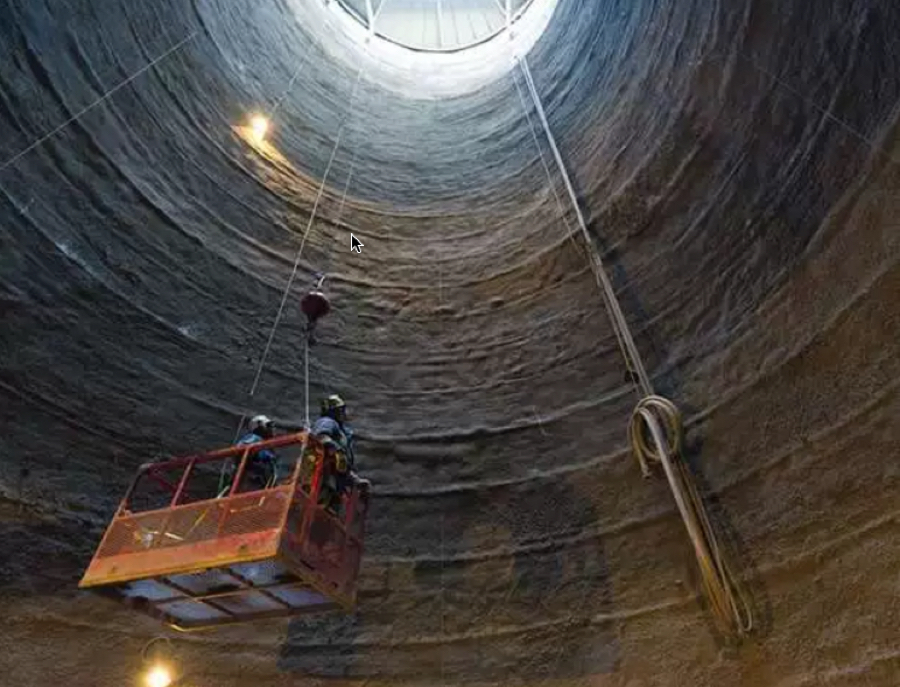BHP’s really in no hurry for Jansen potash

BHP Billiton’s operational review for the year ended 30 June 2016 showed excellent progress being made with expansion of its flagship asset, the Escondida copper mine in Chile.
The world’s number one mining company is spending $3.4 billion on a desalination plant that’s now 93% complete and last month okayed a further $180 million to increase capacity to add to the $4.2 billion already lavished on a new concentrator.
Melbourne-based BHP clearly isn’t focusing that much attention on another of its mega-projects which is supposed to form one of the pillars of the corporation post its South32 spin-off.
The $2.6 billion (CAD $3.4 billion) Jansen potash project in the Saskatchewan province of Canada only received a single line in the latest report with a description that hasn’t changed for at least three years:
Investment to finish the excavation and lining of the production and service shafts, and to continue the installation of essential surface infrastructure and utilities.
When the work is completed – at the current pace towards the end of 2019 – Jansen would still be nowhere near a producing mine
The project is now 60% complete and “shaft excavation is progressing” says BHP. A year ago the project was 46% along and when the work is completed – at the current pace towards the end of 2019 – Jansen would still be nowhere near a producing mine.
In March, the Bloomberg reported that BHP cut spending to below $200 million year from $330 million per year before. Apart from the current construction BHP has spent an additional $1 billion bringing the project to the feasibility stage.
It’s hardly surprising that BHP is taking its sweet time with a potash project. The major producers in North America are idling mines and the price for the fertilizer are languishing at $239 a tonne free-on-board at the port of Vancouver, the lowest since mid-2007.
That hasn’t stopped speculation that BHP may make another attempt to take over Potash Corporation of Saskatchewan. In 2010, Canada blocked BHP’s $40 billion hostile takeover bid for Potash Corp arguing the company’s mines are strategic national assets.
Potash Corp was briefly Canada’s most valuable company at the heigh of the boom when prices peaked at $872 a tonne. On Thursday the company could be picked up for $14.4 billion in New York.
That also happens to be the estimated capital spending required to bring Jansen into full production. At full tilt Jansen could produce 8 million tonnes per year. Potash Corp’s nameplate capacity is 16 million tonnes a year.
{{ commodity.name }}
{{ post.title }}
{{ post.date }}




Comments